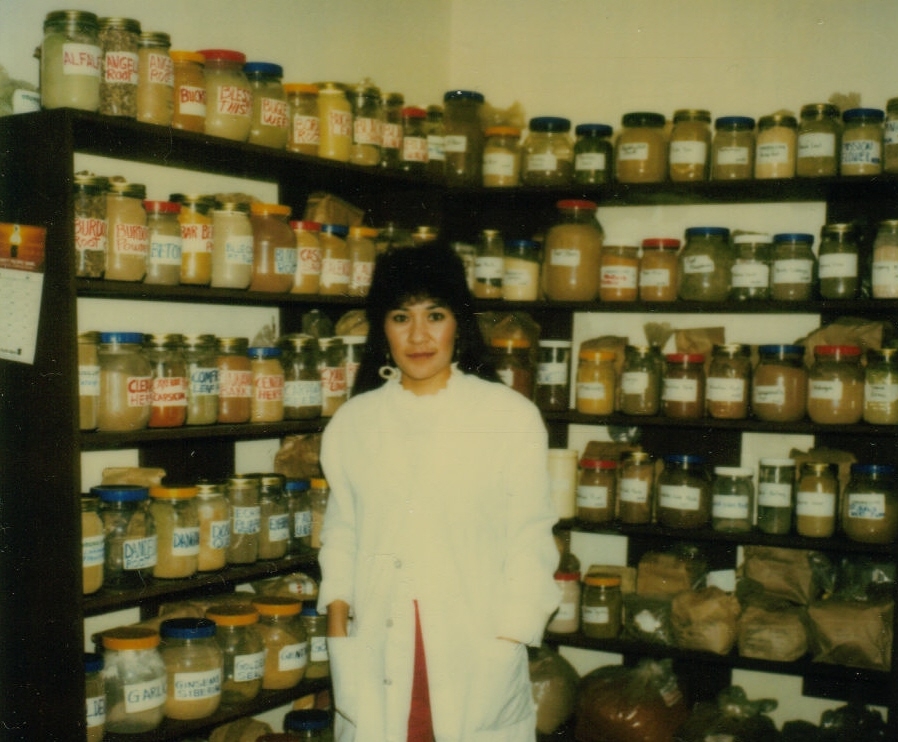PART 3: FINDING PURE ESSENTIAL OILS
EDITOR’S NOTE: Since Gary Young’s passing, we have been taking stock of the tremendous contributions he made to the world by revisiting his presentations such as this fascinating twenty-part blog post series that recounts Gary’s ongoing discoveries about pure essential oils, their properties, and their production. Here’s Part III.

At home that night, I began reading and did not stop until 3 a.m. I could not sleep from the excitement I felt about this new discovery! The study was made by several researchers who found certain essential oils to have anti-infectious properties, anti-inflammatory properties, and immune-supporting actions. In fact, the study described how the essential oils could increase the uptake of oxygen and the delivery of ATP (adenosine triphosphate) to the cells.
I reread and highlighted the research until 6 a.m. As soon as I felt it wasn’t too early, I picked up the phone and dialed the number Annemarie had left on the back page. She answered the phone on the first ring and said, “Dr. Young, I was expecting you to call. What did you think?”
I told her that I found the information fascinating and that it made a lot of sense. I then asked the million dollar question, “Where can I learn more?”
Just seven days later, I was sitting in a classroom in the medical department at the University of Geneva, Switzerland, attending a 40-hour seminar on the chemistry of essential oils and their function and action against infection and immune support. The course was taught by Jean Claude Lapraz, M.D., and Paul Duraffourd, M.D.
Following the conference, I traveled to Paris to spend a week with Dr. Lapraz to learn even more about essential oils. Before returning to the U.S., I purchased 1 liter each of 13 different essential oils: frankincense, myrrh, lavender, thyme, oregano, peppermint ,lemon, rosemary, marjoram, basil, mountain savory, ravintsara, and hyssop. And so began my journey into a new frontier: the study of real plant medicine.
To be continued . . .

